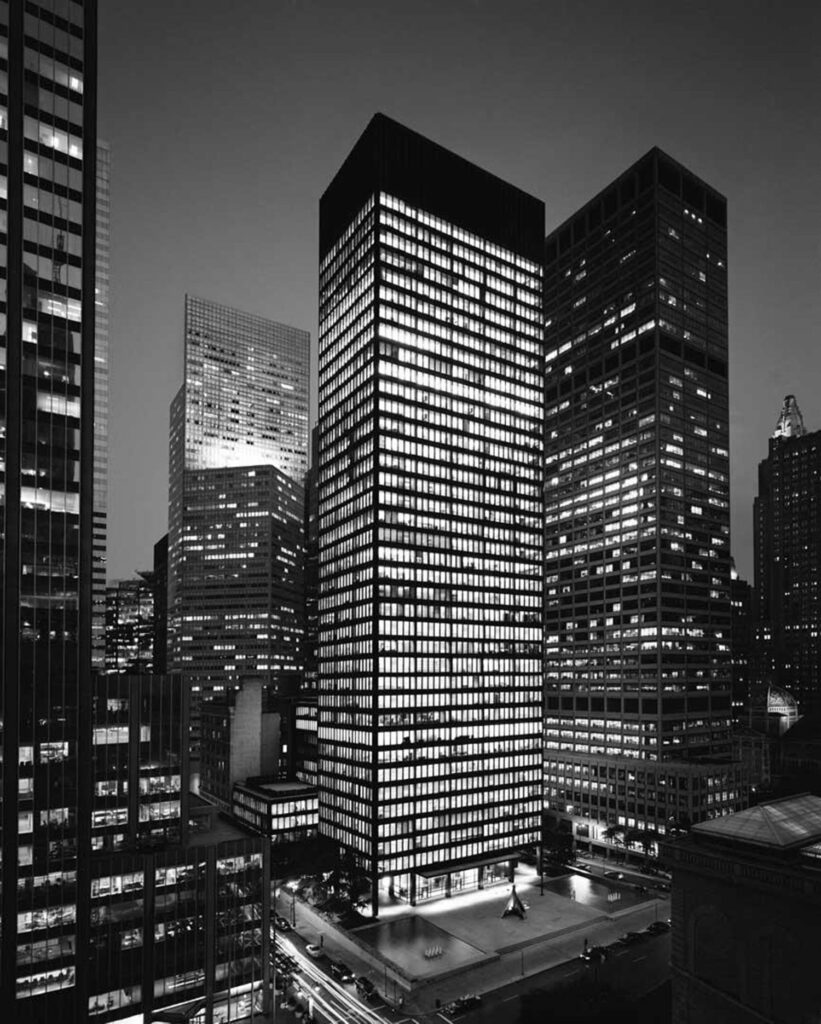After Germany’s defeat in World War I and the establishment of the Weimar Republic, a renewed liberal spirit allowed an upsurge of radical experimentation in all the arts, which had been suppressed by the old regime. Many Germans of leftwing views were influenced by the cultural experimentation that followed the Russian Revolution, such as constructivism. Just as important was the influence of the 19th-century English designer William Morris, who had argued that art should meet the needs of society and that there should be no distinction between form and function. Thus, the Bauhaus style, also known as the International Style, was marked by the absence of ornamentation and by harmony between the function of an object or a building and its design.
However, the most important influence on the International Style was modernism, a cultural movement whose origins lay as early as the 1880s, and which had already made its presence felt in Germany before the World War, despite the prevailing conservatism. The design innovations commonly associated with Gropius and the Bauhaus—the radically simplified forms, the rationality and functionality, and the idea that mass production was reconcilable with the individual artistic spirit—were already partly developed in Germany before the Bauhaus was founded. The German national designers’ organization Deutscher Werkbund was formed in 1907 by Hermann Muthesius to harness the new potentials of mass production, with a mind towards preserving Germany’s economic competitiveness with England. Many fundamental questions of craftsmanship versus mass production, the relationship of usefulness and beauty, the practical purpose of formal beauty in a commonplace object, and whether or not a single proper form could exist, were argued out among its members.
The Bauhaus was founded when the German zeitgeist had turned from emotional Expressionism to the matter-of-fact New Objectivity. An entire group of working architects, including Erich Mendelsohn, Bruno Taut and Hans Poelzig, turned away from fanciful experimentation, and turned toward rational, functional, sometimes standardized design. The acceptance of modernist design into everyday life was the subject of publicity campaigns, well-attended public exhibitions, films, and sometimes fierce public debate. The Bauhaus had a major impact on art and architecture trends in Western Europe, Canada, the United States and Israel in the decades following its demise, as many of the artists involved fled, or were exiled by the Nazi regime.

